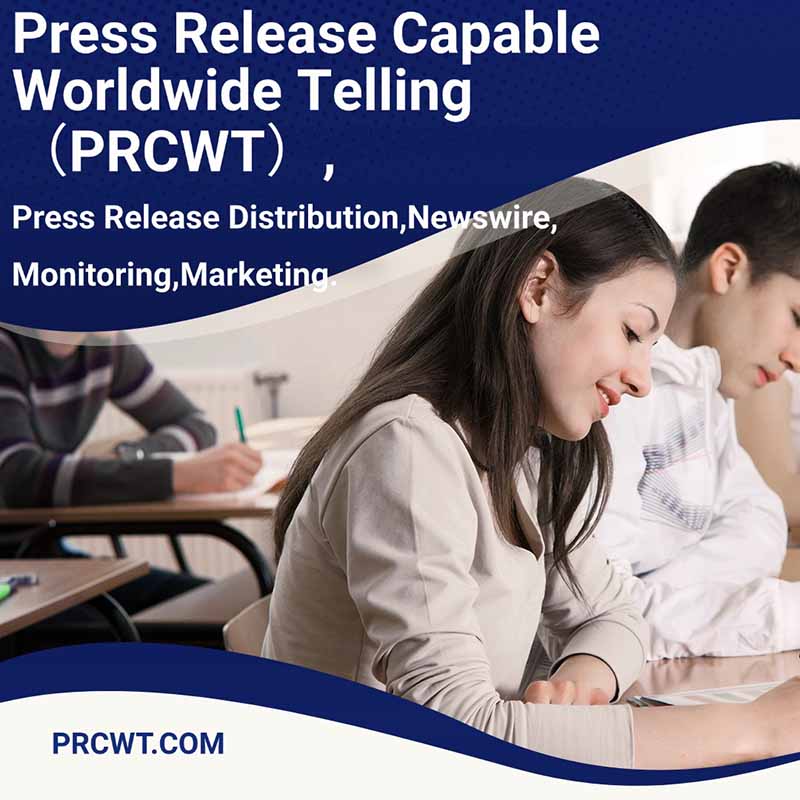In the digital age, media monitoring has become an essential tool for businesses and organizations. It allows them to stay informed about what is being said about them in the media, and to take appropriate action to manage their reputation.
Media monitoring involves the use of specialized software and techniques to track and analyze mentions of a particular brand, product, or issue in the media. This can include news articles, social media posts, blog entries, and online reviews.
The importance of media monitoring cannot be overstated. By keeping a close eye on the media, businesses can identify potential issues before they become major problems, and take steps to address them before they escalate. They can also use media monitoring to measure the effectiveness of their marketing and PR campaigns, and to identify opportunities for growth and expansion.

According to a recent survey by the Content Marketing Institute, 78% of marketers believe that media monitoring is an important part of their content marketing strategy. Another survey by the Public Relations Society of America found that 85% of PR professionals use media monitoring tools to track their brand's reputation.
In addition to these benefits, media monitoring can also help businesses build relationships with the media. By monitoring the media, businesses can identify journalists who are interested in their topic, and reach out to them to pitch stories and build relationships. This can lead to increased media coverage and a better understanding of the business among the media and the public.
However, media monitoring is not without its challenges. One of the biggest challenges is dealing with the large amount of data that is generated by media monitoring tools. This can be overwhelming for businesses that do not have the resources or expertise to manage and analyze the data.
Another challenge is ensuring the accuracy and reliability of the data. Media monitoring tools are only as good as the data they collect, and there is always the risk of false positives or false negatives. To ensure the accuracy and reliability of the data, businesses need to use multiple sources and to validate the data against other sources.
Despite these challenges, media monitoring remains an essential tool for businesses and organizations. By staying informed about what is being said about them in the media, and by taking appropriate action to manage their reputation, businesses can build trust and credibility with their customers and stakeholders, and achieve their business goals.